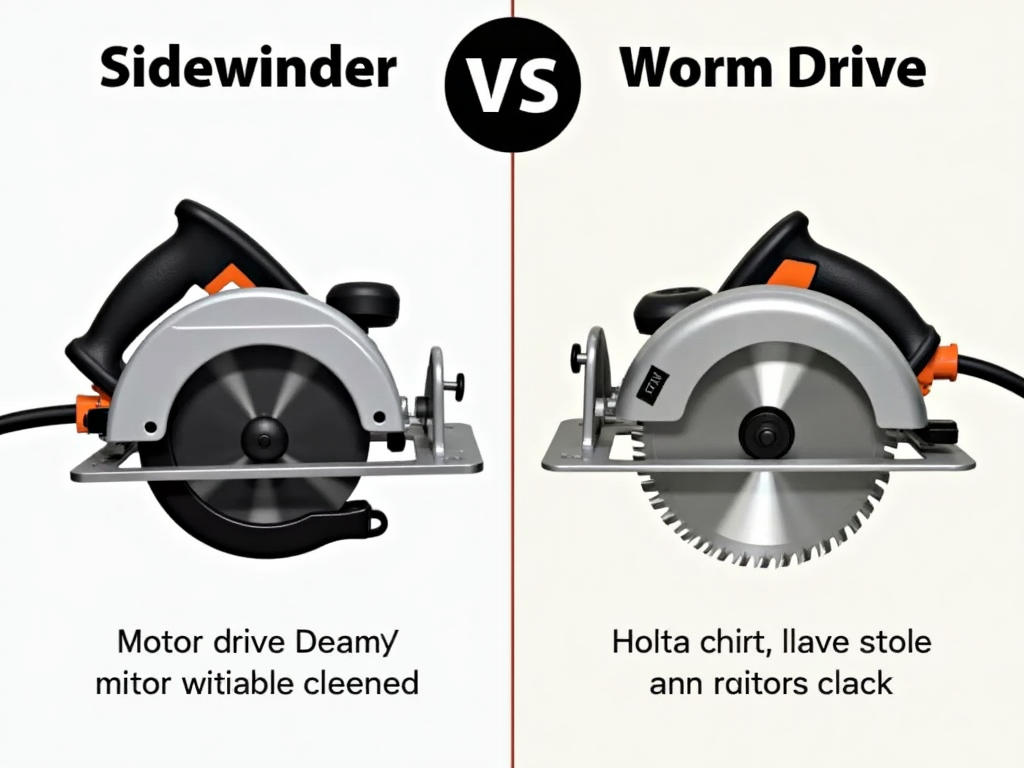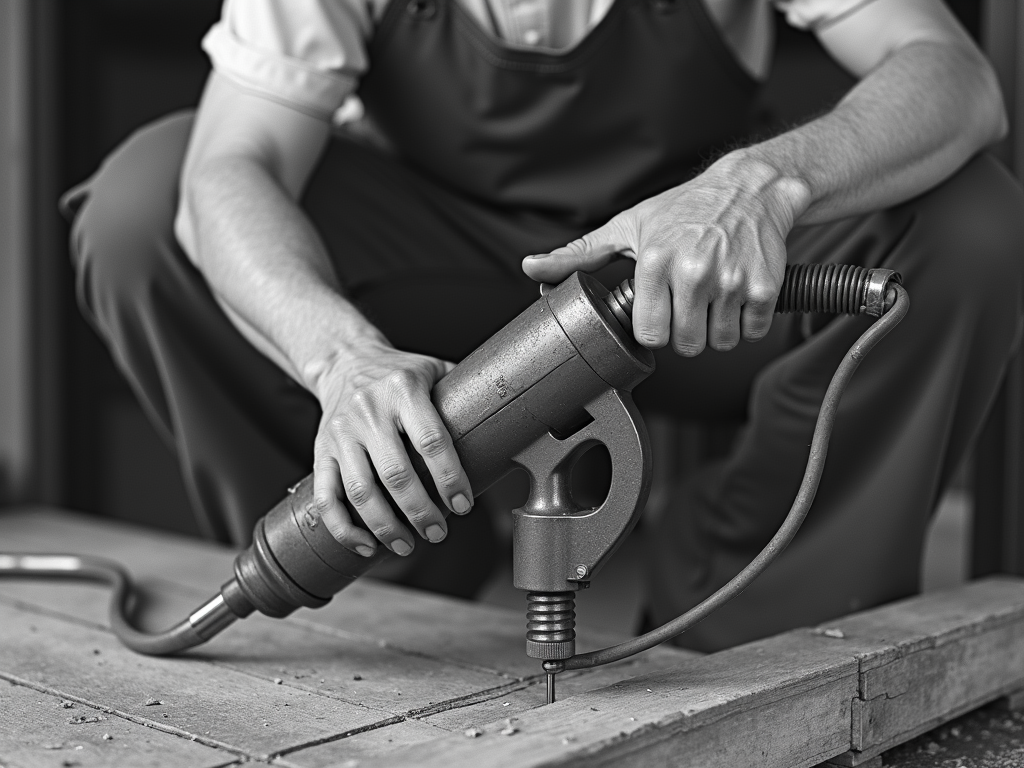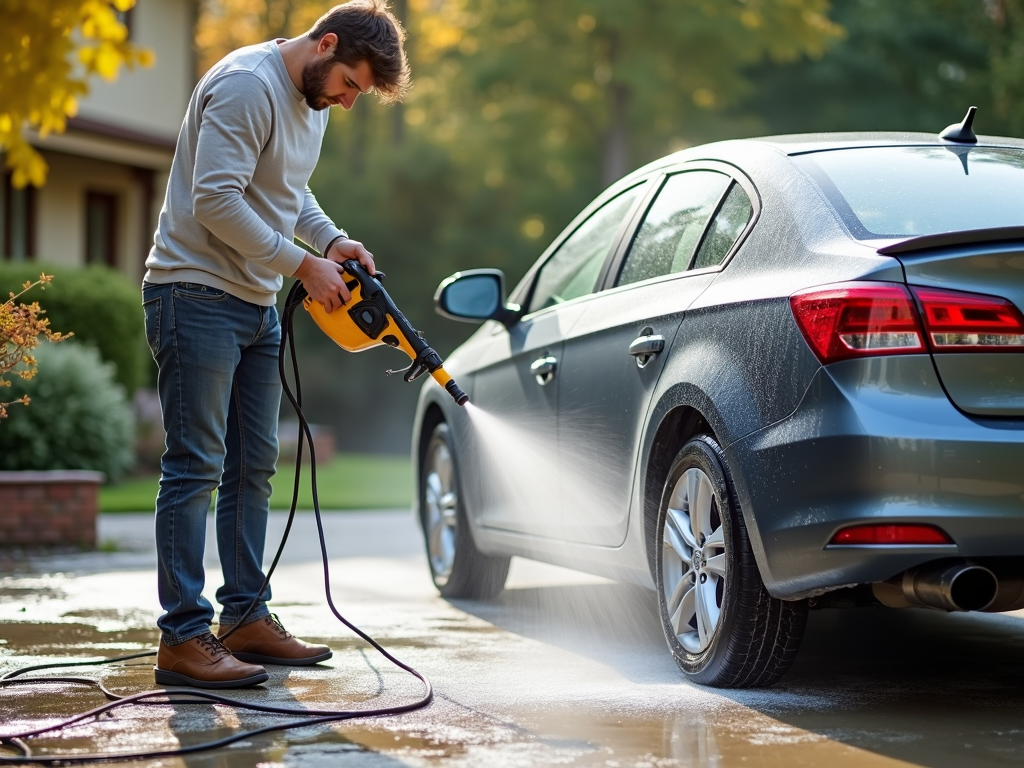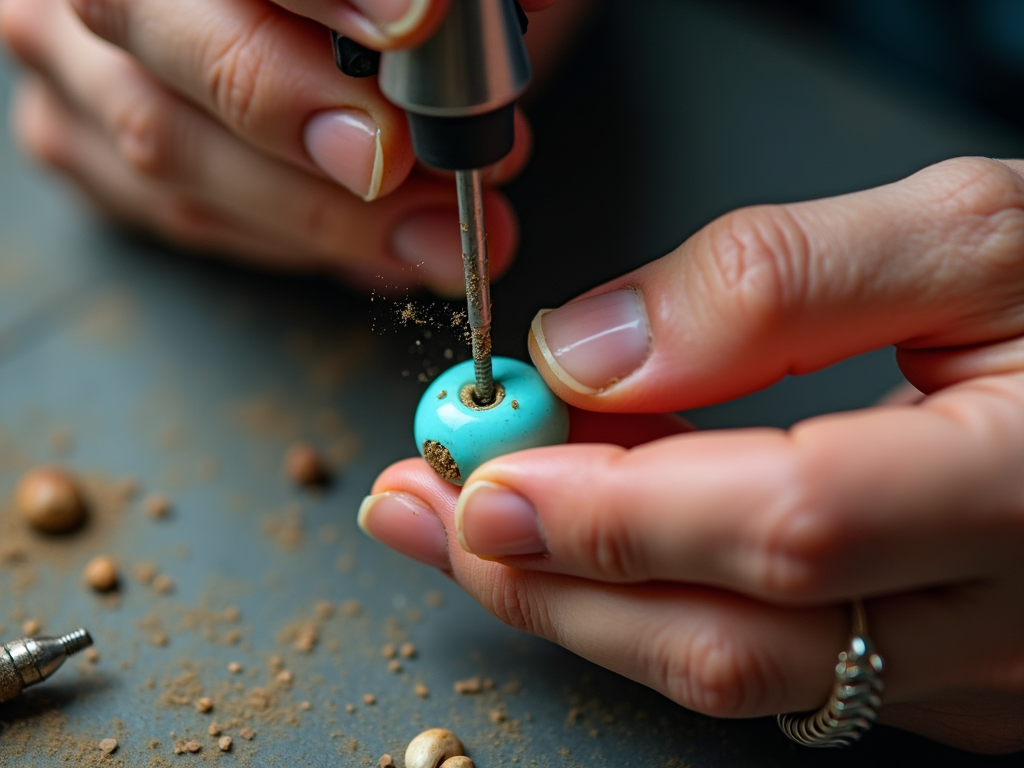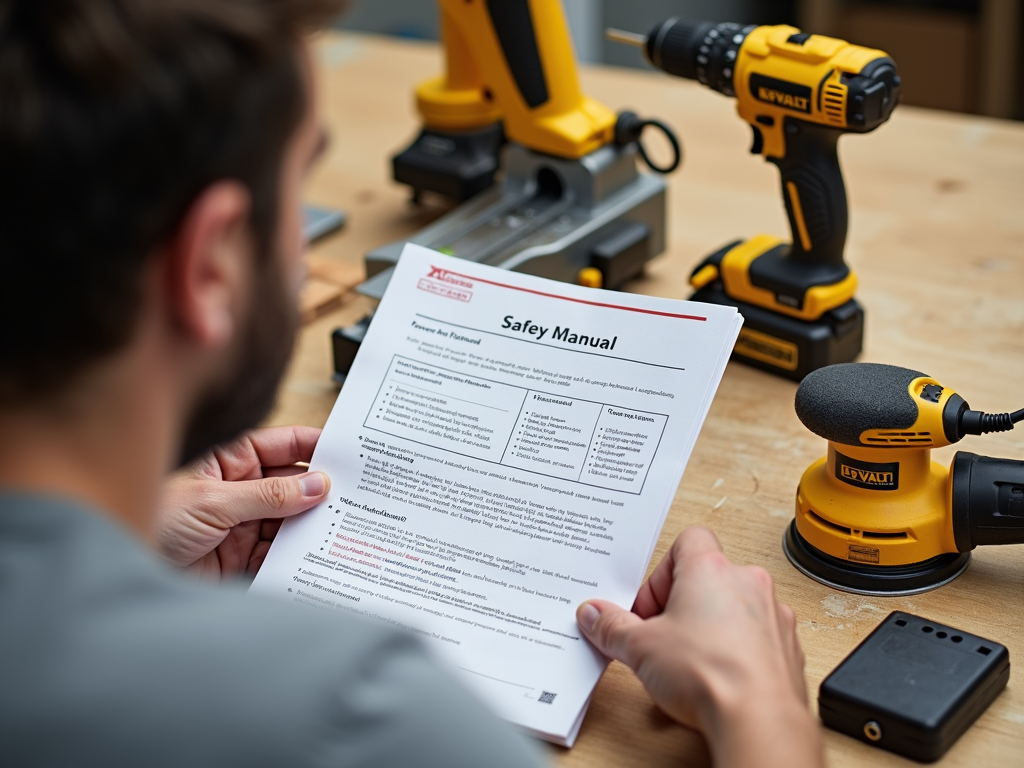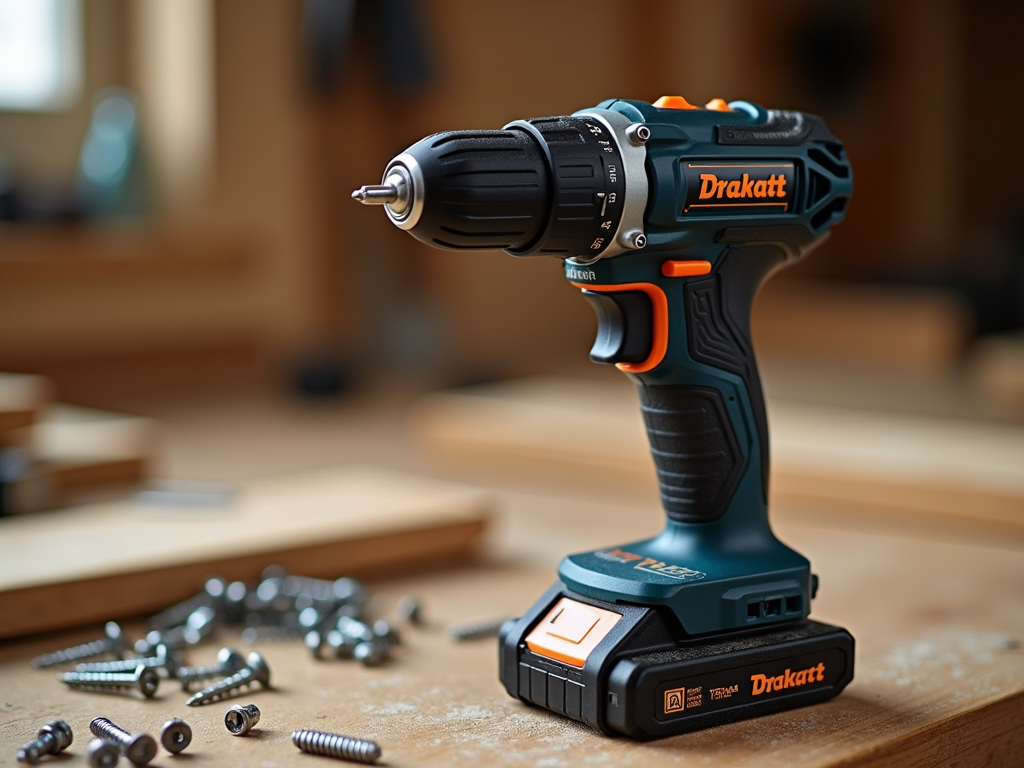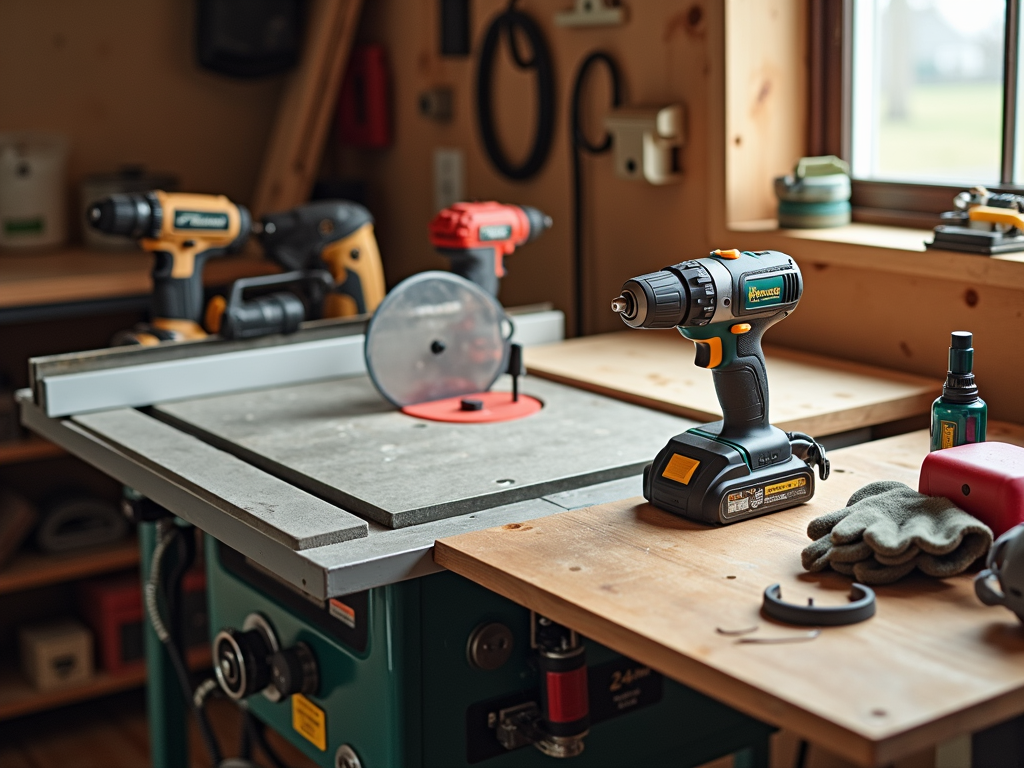DIY auto repair can save you money and feel rewarding, but it’s not without risks. Safety comes first. In this guide, we’ll cover key Safety Tips for DIY Auto Repair, including must-have tools and best practices, so you can work on your car with confidence and stay safe.
Preparation: Getting Ready the Right Way
Before you touch a tool, preparation is everything. Here’s how to start safely:
- Learn the Task: Look up the repair in your car’s manual or watch a trusted online video. Knowing what you’re doing cuts down on mistakes.
- Gather Tools: You need the right gear for the job. A torque wrench, for example, makes sure bolts are tight enough without overdoing it—super important for safety.
- Make a Checklist: Write down every tool and part you’ll need. It keeps you organized and avoids mid-job scrambles.
- Gear Up: Wear safety glasses to shield your eyes and gloves to protect your hands. If there’s dust or fumes, grab a mask too.
- Dress Smart: Skip baggy clothes that could snag. Sturdy shoes are a must—flip-flops won’t cut it.
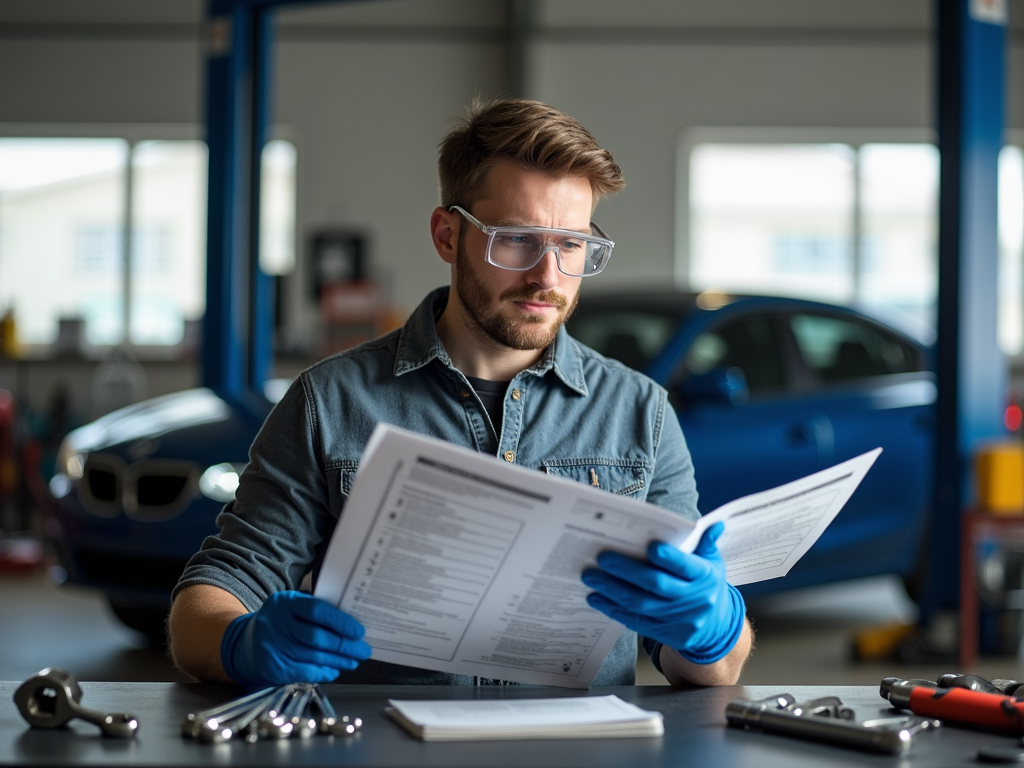
Workspace Safety: Setting Up a Safe Zone
Where you work matters just as much as how you work. Here’s how to keep it safe:
- Get Fresh Air: Fumes from paint or exhaust can be nasty. Open a window or door to keep the air moving.
- Stay Tidy: A messy floor is a tripping hazard. Keep tools and parts in their place when you’re not using them.
- Light It Up: You can’t fix what you can’t see. Use a strong lamp or shop light, especially under the car.
- Have a Fire Extinguisher: Sparks or spills happen. Keep an extinguisher close just in case.
- Lock the Car in Place: Use jack stands if you’re going underneath—jacks alone aren’t enough. Park on flat ground and set the brake.
- Cut the Power: Working on wires? Unhook the battery first to avoid shocks.

Tool Safety: Handling Your Gear Like a Pro
Tools make the job possible, but they can hurt you if you’re careless. Here’s the smart way to use them:
- Check Them Out: Look over your tools before you start. A cracked handle or worn-out wrench could snap and cause trouble.
- Use Them Right: Don’t force a tool to do something it’s not meant for—like using a screwdriver to pry stuff open.
- Know How They Work: Pull a wrench toward you, not away, so you don’t lose control if it slips.
- Keep Them in Shape: Wipe down greasy tools and oil moving parts so they last and work safely.
- Must-Have Wrenches for Every Toolbox: You need a few key wrenches—combination ones in different sizes, an adjustable one, and a torque wrench. These are your go-to workman tools for most car jobs.
- How Torque Wrenches Enhance Vehicle Maintenance: A torque wrench isn’t just fancy—it’s a safety star. It tightens bolts exactly right, so nothing comes loose or breaks later.
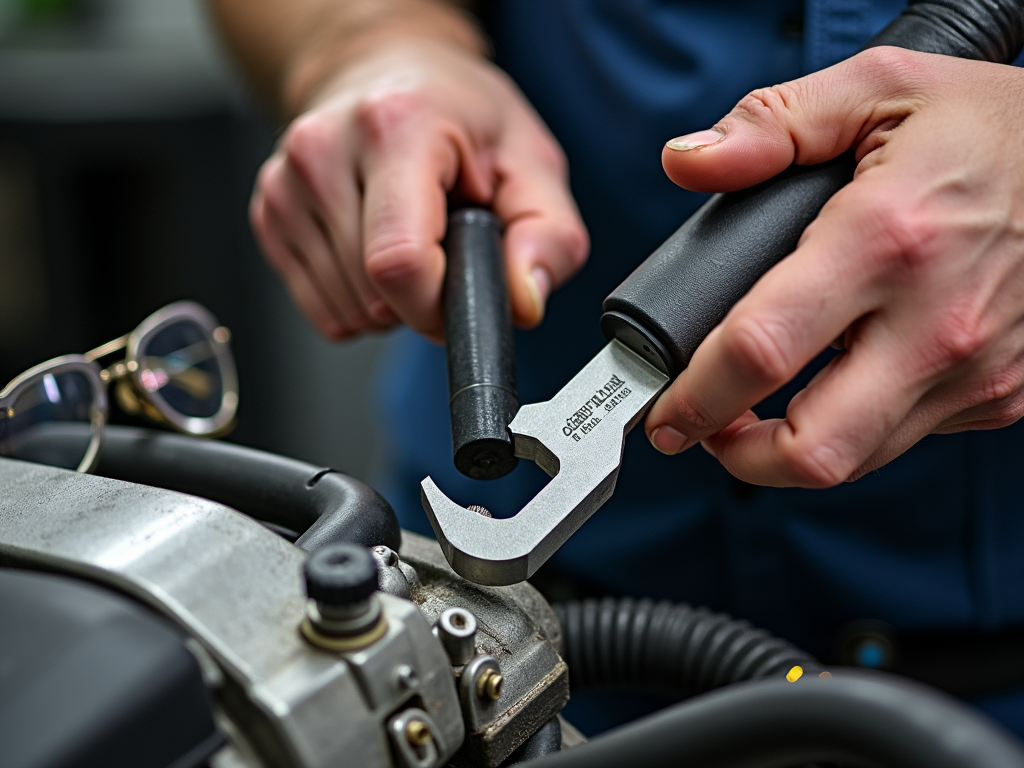
Specific Repairs: Safety by the Job
Every repair has its own risks. Let’s break down a few common ones:
Changing Oil
- Cool It Down: Hot oil burns bad. Wait an hour after driving before you start.
- Catch It All: Use a big drain pan with a pour spout to avoid spills.
- Dump It Right: Take old oil to a recycling spot—don’t toss it in the trash or yard.
Swapping Brake Pads
- Mask Up: Brake dust is no joke for your lungs. Wear a dust mask.
- Block the Wheels: Stick chocks behind the tires so the car stays put.
- Tighten Smart: Use that torque wrench on lug nuts to keep the wheel secure.
Going Under the Car
- Stand Strong: Jack stands need to hold your car’s weight—no shortcuts.
- Bring a Buddy: Someone nearby can help if you’re stuck or hurt.
- Keep a Phone Close: You might need to call for help fast.
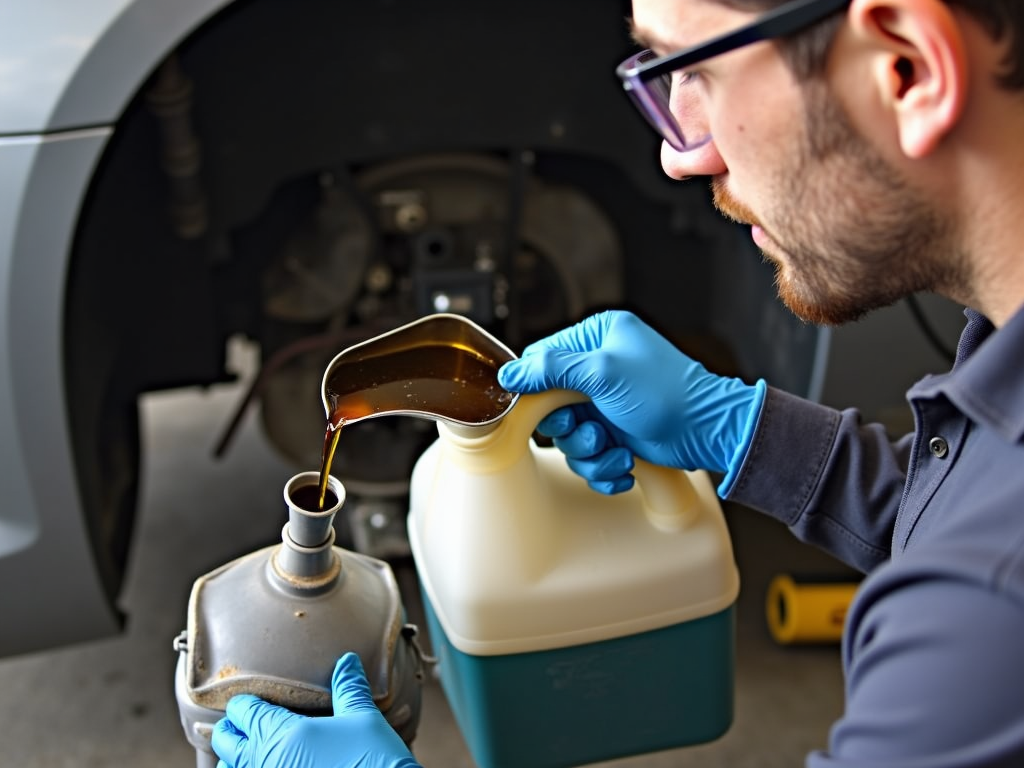
Knowing When to Stop: Call the Pros
DIY is great, but some jobs are too big. Here’s when to step back:
- Big Stuff: Things like transmissions or engine rebuilds need special skills and tools I don’t have yet.
- Wiring Woes: Electricity can bite. If it’s beyond swapping a fuse, I’d rather not risk it.
- Safety First: Brakes and steering keep you alive on the road. If I’m not 100% sure, a mechanic’s worth it.
Last summer, I tried fixing a rattling noise under my hood. After an hour of poking around, I realized it was the exhaust system—way over my head. I called a shop, and I’m glad I did.
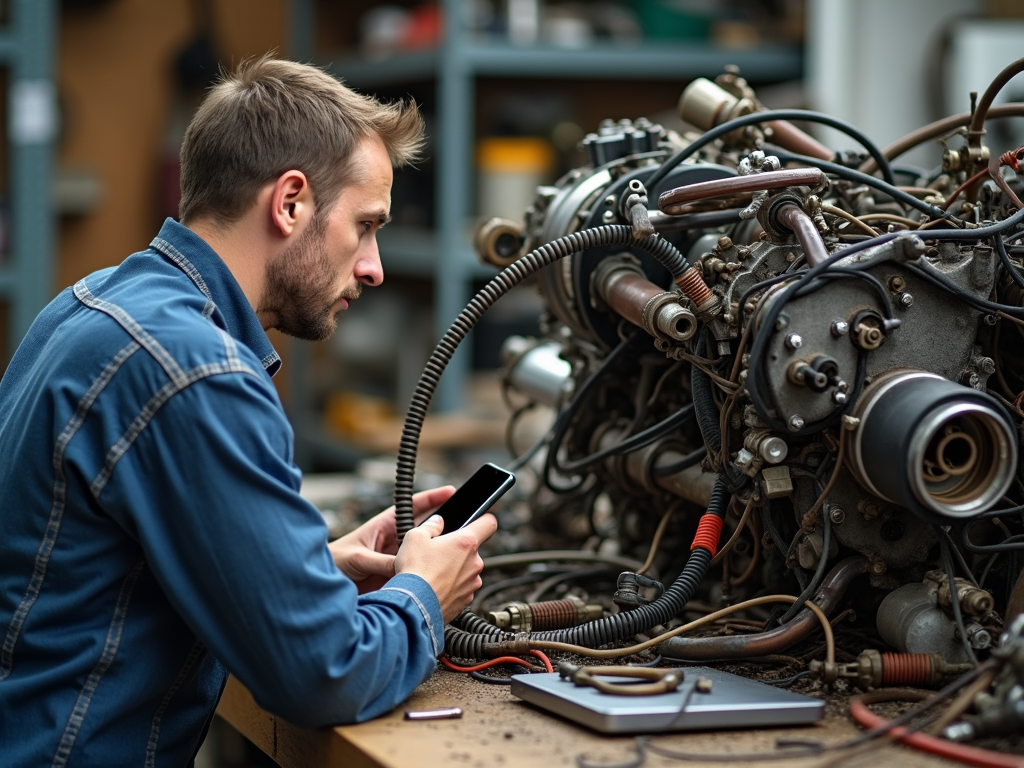
Wrapping Up: Stay Safe, Have Fun
These Safety Tips for DIY Auto Repair let you fix your car without rolling the dice on your well-being. Get ready, set up a safe space, use tools the right way, and know when to tap out. You’ll keep your ride running and your hands in one piece.

Final Thoughts and Next Steps
Safety isn’t just a buzzword—it’s the foundation of DIY auto repair. Stick to these tips, and you’ll tackle projects with confidence. Want to dig deeper? Check out the recommended reads below for more on tools and techniques.
Related Safety Tips for DIY Auto Repair:
- Comprehensive Guide to Circular Saws for Beginners
- Essential Electrical Tools for Wiring and Installations
- How to Clean Your Deck with a Power Washer: A Step-by-Step Guide
- Top Ergonomic Power Drills for Reduced Fatigue
- Electric vs. Gas Power Washers: Which Wins?
- Rotary Tools for Jewelry Making: A Comprehensive Guide
- The Ultimate Guide to Power Tool Safety
- Care and Maintenance of Your Power Tools: A Guide for Woodworking Enthusiasts
- Key Features to Look for in Cordless Power Tools: Your Ultimate Guide
- A Beginner's Guide to Power Tools for Home Workshops: Essential Tools and Safety Tips
- The Complete Beginner’s Guide to Home Wiring
- Why Upskilling Matters in Automated Factories
